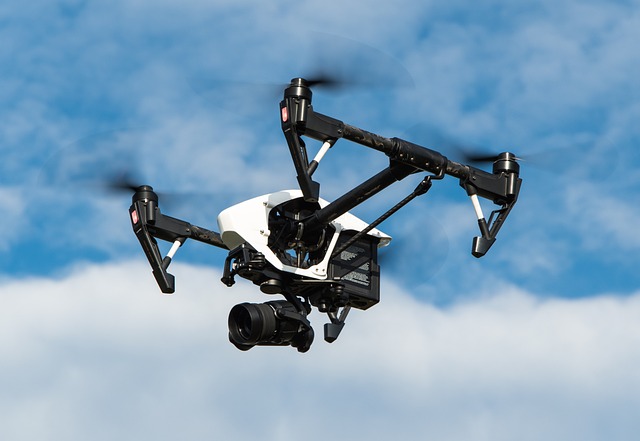Drones are rapidly being used in law enforcement, providing cops with a new level of support in several scenarios. They can fly over obstructions and record high-resolution photographs and movies. This article will examine three ways law enforcement organizations have employed drones to assist them.
Surveillance
Monitoring Traffic
Police drones have been deployed to monitor traffic in crowded locations. They may record high-definition photos and videos that can be used by law enforcement to spot criminal activities, accidents, and traffic infractions.
Crowd Management
Drones have been deployed to observe the masses at huge gatherings, protests, and riots. They give law enforcement a bird’s-eye perspective of the scene and enable them to follow the crowd’s movement. Strategic choices may be made using this knowledge and any possible violence.
Border Protection
Border patrol agents have employed drones to observe the US-Mexico border, and they can fly at great heights and offer continuous border observation. Drones have assisted border patrol officials in spotting unauthorized crossings, keeping an eye on smuggling activities, and giving them advance notice of potential threats.
Disaster Response
Search and Rescue Efforts
Search and rescue missions are among the most effective ways drones have aided police officers in disaster response. Drones can visit regions that people may find too unsafe or difficult to enter, such as shaky buildings or floodwater. Drones can cover broad areas fast and give real-time imagery of the scenario, allowing rescue personnel to analyze the situation and make educated decisions regarding how to continue. Drones with speakers can also broadcast a message to survivors or provide goods to people in need.
Damage Assessment
Drones have also helped law enforcement with damage assessments during disaster response. Drones can deliver detailed pictures and videos of affected regions, allowing for the evaluation of the damage’s scope and the development of recovery strategies. Other emergency personnel can be informed of this information, enabling a collective approach to the tragedy.
Missing Person
Drones are now an indispensable tool for police enforcement searching for missing people. They can cover vast regions quickly and provide real-time imagery of the area. This can assist in swiftly and effectively locating the missing individual, boosting the odds of a successful rescue. Even in the dark, drones fitted with thermal imaging sensors can identify the thermal imaging of missing people. This technique is particularly beneficial in cooler temperatures or at night when standard search methods may be less efficient.
Crime Prevention and Investigation
Criminal Investigation
Drones have transformed the investigation of crime scenes by offering an overhead picture of the site, which was previously impossible. They may take high-resolution photographs and videos from multiple perspectives, assisting law enforcement personnel in reconstructing the crime scene. Drones may also be used to construct 3D representations of crime scenes, which can aid in the analysis of evidence and offer a better knowledge of the scenario. They can cover more ground in less time and may be employed to hunt for evidence in regions difficult to reach on foot.
Suspect Monitoring
Drones have been employed to monitor criminals in situations where cops would find it impossible or risky to pursue individuals on foot. Drones using thermal imaging equipment can detect thermal imaging, which can aid in detecting criminals in dark or forested regions. They can also be used to track suspects’ movements without being noticed. In rare circumstances, drones have been deployed to track offenders until they are arrested by ground unit personnel.
High-Risk Situations
In high-risk circumstances like hostage crises or active shooter events, drones have been utilized to acquire intelligence. Drones give law enforcement a real-time perspective of the situation, aiding decision-making and reducing hazards to personnel and bystanders. High-resolution sensors and microphones may be added to drones, giving law enforcement access to audio and video of the scene.
Conclusion
Finally, employing drones in police departments has shown to be a useful tool in various scenarios. Drones give law enforcement agents a bird’s eye perspective critical in making informed choices and reducing risks, from relief efforts and missing people searches to crime site inspections and high-risk scenarios. Drones in law enforcement are likely to become more common as technology advances, providing a more effective and secure way of safeguarding communities and reacting to catastrophes.
